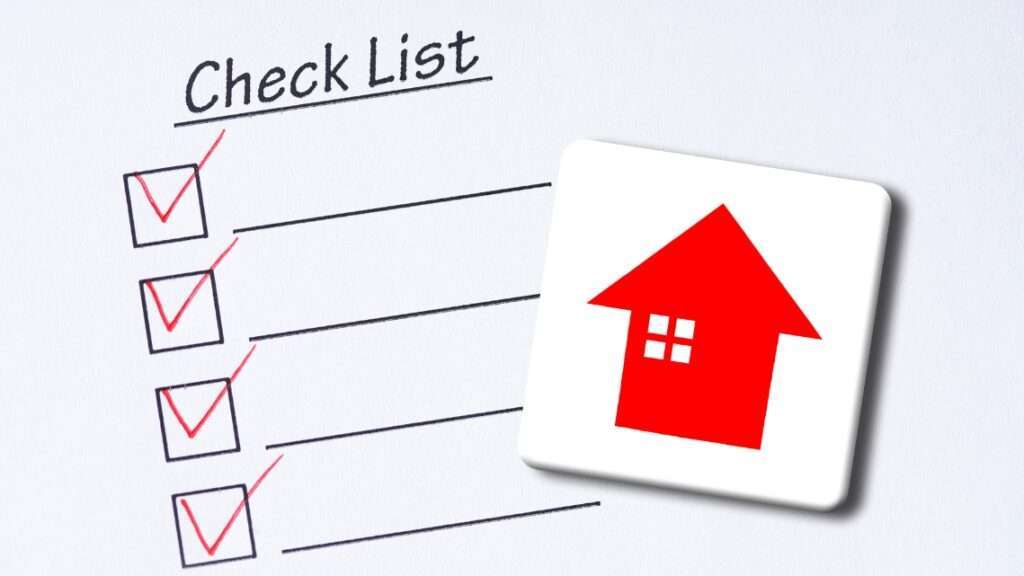A weekly home maintenance checklist is a simple yet powerful tool to keep your home in top shape, ensuring small tasks don’t turn into big problems. At Leave It to Alexandra, we help Southern California residents create organized, functional homes with our compassionate, confidential, and judgment-free approach. Let’s walk through a weekly home maintenance checklist you can follow to maintain a clean, organized, and well-functioning home with ease.
Checklist Item 1: Declutter High-Traffic Areas
Start your weekly home maintenance checklist by decluttering high-traffic areas like the living room, entryway, and kitchen counters. Pick up stray items like toys, mail, or shoes, and return them to their proper places. A clutter-free space not only looks better but also makes cleaning easier, saving you time during the week. This step ensures your home feels welcoming and prevents small messes from piling up.
Checklist Item 2: Clean the Kitchen Thoroughly
Add a thorough kitchen cleanup to your weekly home maintenance checklist. Wipe down countertops, clean the sink, and sweep the floor to remove crumbs and spills. Check your fridge for expired food and toss it out to keep things fresh and organized. A clean kitchen is essential for healthy cooking and prevents pests, making it a key part of weekly maintenance.
Checklist Item 3: Freshen Up Bathrooms
Include bathroom cleaning in your weekly home maintenance checklist to keep these spaces hygienic. Scrub the toilet, clean the sink, and wipe down mirrors to remove smudges. Ensure proper ventilation by opening a window or running the fan to prevent mold growth. Fresh bathrooms contribute to a healthy home environment and make daily routines more pleasant.
Checklist Item 4: Dust and Vacuum Living Spaces
Make dusting and vacuuming a part of your weekly home maintenance checklist to keep living spaces free of dirt and allergens. Dust shelves, tables, and electronics, then vacuum rugs and floors to remove debris. This step improves air quality and keeps your home looking polished, especially in areas where you spend the most time.
Checklist Item 5: Organize Laundry and Linens
Your weekly home maintenance checklist should cover laundry and linens to avoid clutter buildup. Wash and fold clothes, then put them away to keep bedrooms tidy. Swap out used towels and bed sheets for fresh ones, ensuring everything is neatly stored. Organized laundry routines keep your home functional and reduce stress.
Checklist Item 6: Check for Minor Repairs
Incorporate a quick check for minor repairs into your weekly home maintenance checklist. Look for things like leaky faucets, loose cabinet handles, or squeaky doors, and address them promptly. Fixing small issues weekly prevents them from becoming bigger, costly problems, keeping your home in good working order.
Checklist Item 7: Maintain Outdoor Areas
If you have outdoor spaces, add them to your weekly home maintenance checklist. Sweep the porch or patio, check for weeds in the garden, and ensure outdoor furniture is clean and in place. Maintaining these areas keeps your home’s exterior looking great and ensures outdoor spaces are ready for use.
Checklist Item 8: Organize Cleaning Supplies
Keep your cleaning supplies organized as part of your weekly home maintenance checklist. Restock a caddy with essentials like a duster, all-purpose cleaner, and cloths, so you’re ready for next week. At Leave It to Alexandra, our Office Organization services help Southern California residents create systems for storing supplies efficiently. Organized tools make maintenance quick and hassle-free. Check out our Office Organization services
Checklist Item 9: Review and Update Your Checklist
Finally, review and update your weekly home maintenance checklist each week. Note any tasks that took longer or areas that needed extra attention, and adjust your list accordingly. At Leave It to Alexandra, our Home Decluttering & Organizing services help Southern California families create routines that evolve with their needs. A flexible checklist ensures you’re always prepared for the week ahead. Discover our Home Decluttering & Organizing services. For more ideas on home maintenance routines, check out this guide

Simplify Maintenance with a Weekly Home Maintenance Checklist from Leave It to Alexandra
Using a weekly home maintenance checklist helps you stay on top of home care, keeping your space clean, organized, and functional without the overwhelm. By following this checklist, you can maintain a home that feels welcoming and stress-free. At Leave It to Alexandra, we’re here to support Southern California residents with our compassionate, confidential, and judgment-free approach. Ready to simplify your home maintenance? Book a free consultation with us today!
